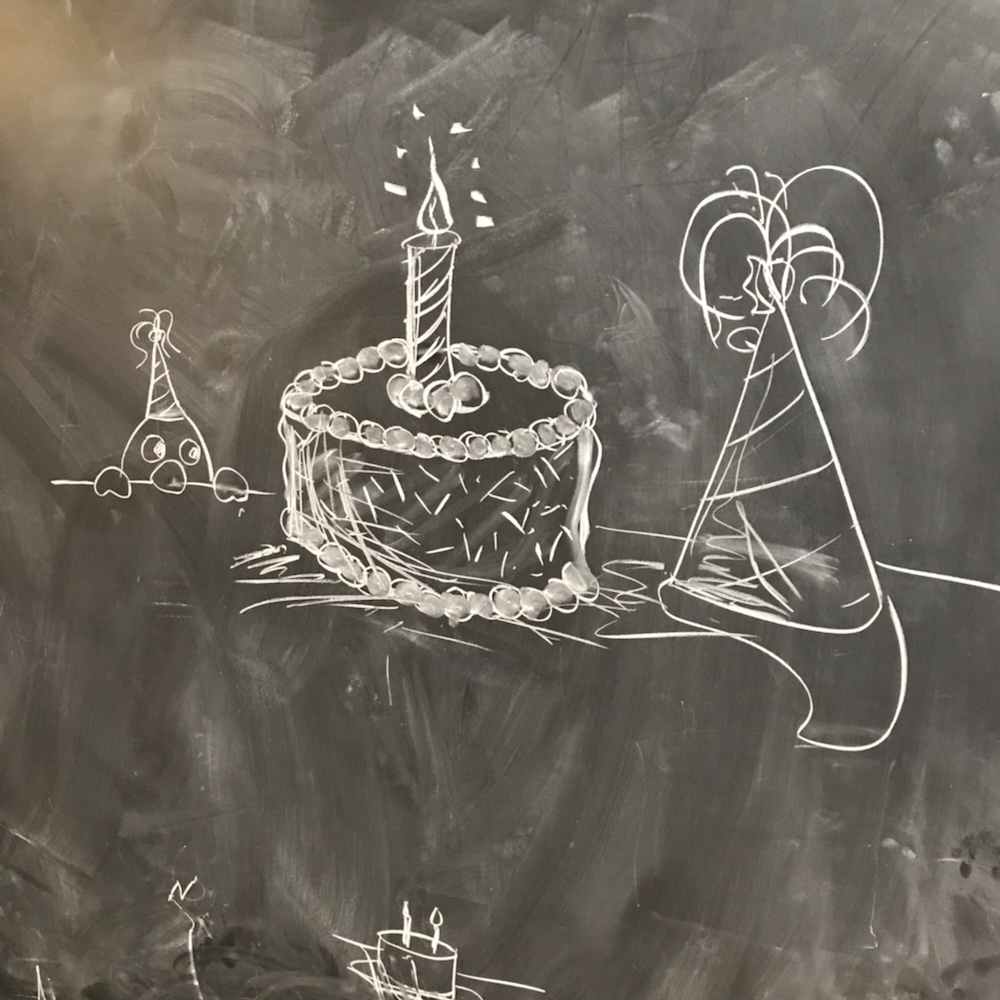
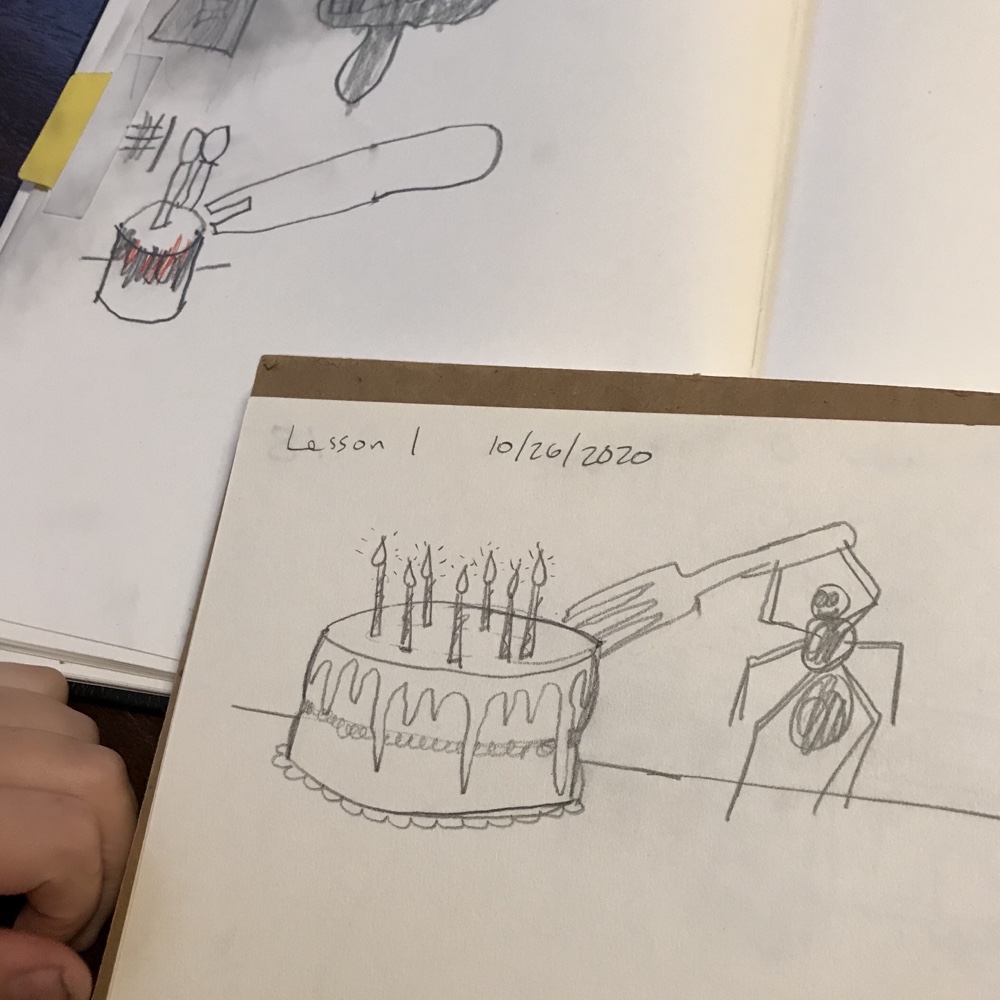


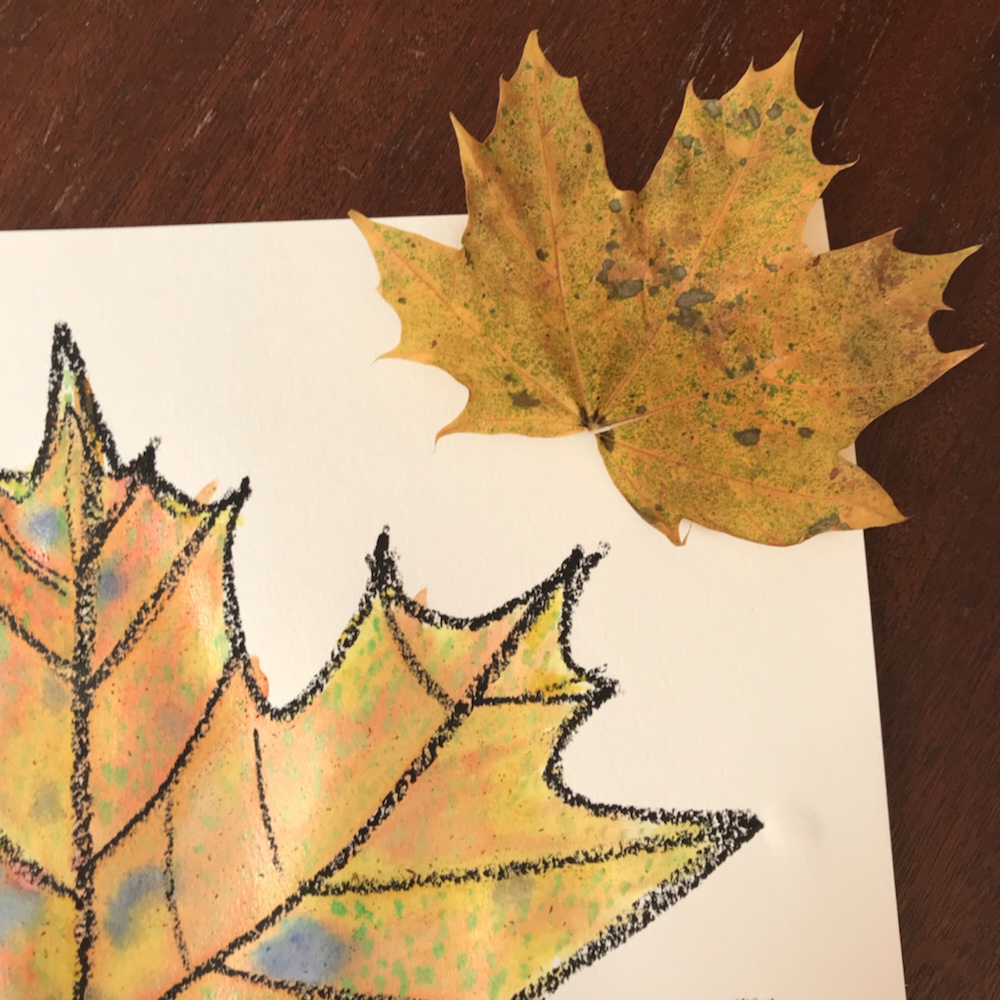
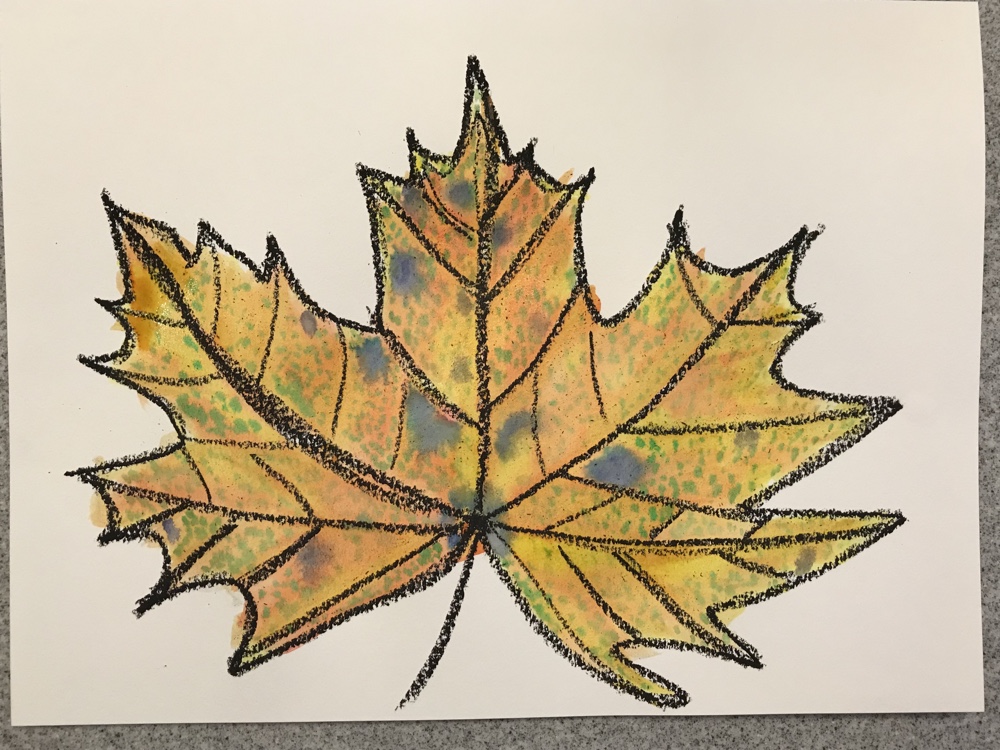
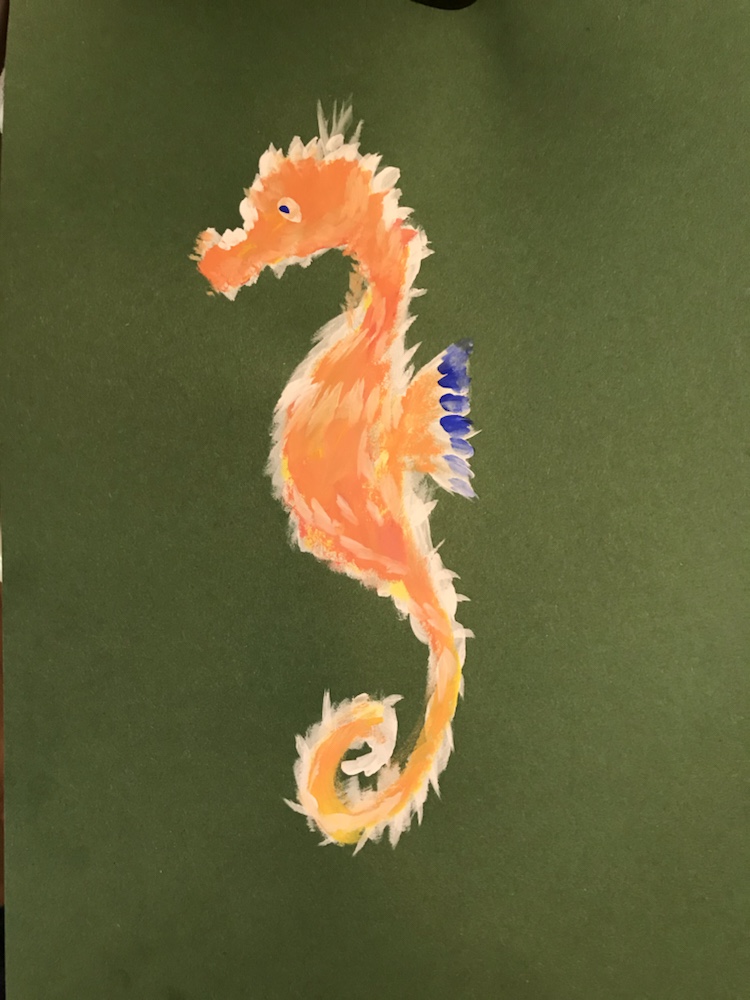
Same recipe, different colors. I made a bunch of play dough for an event, the perfect opportunity to try new colors.
Previously I had used McCormick brand food coloring; this time I used up the last of the green and started on a store brand with a different formulation which made me realize the colors probably depend on brand as well. Oops.
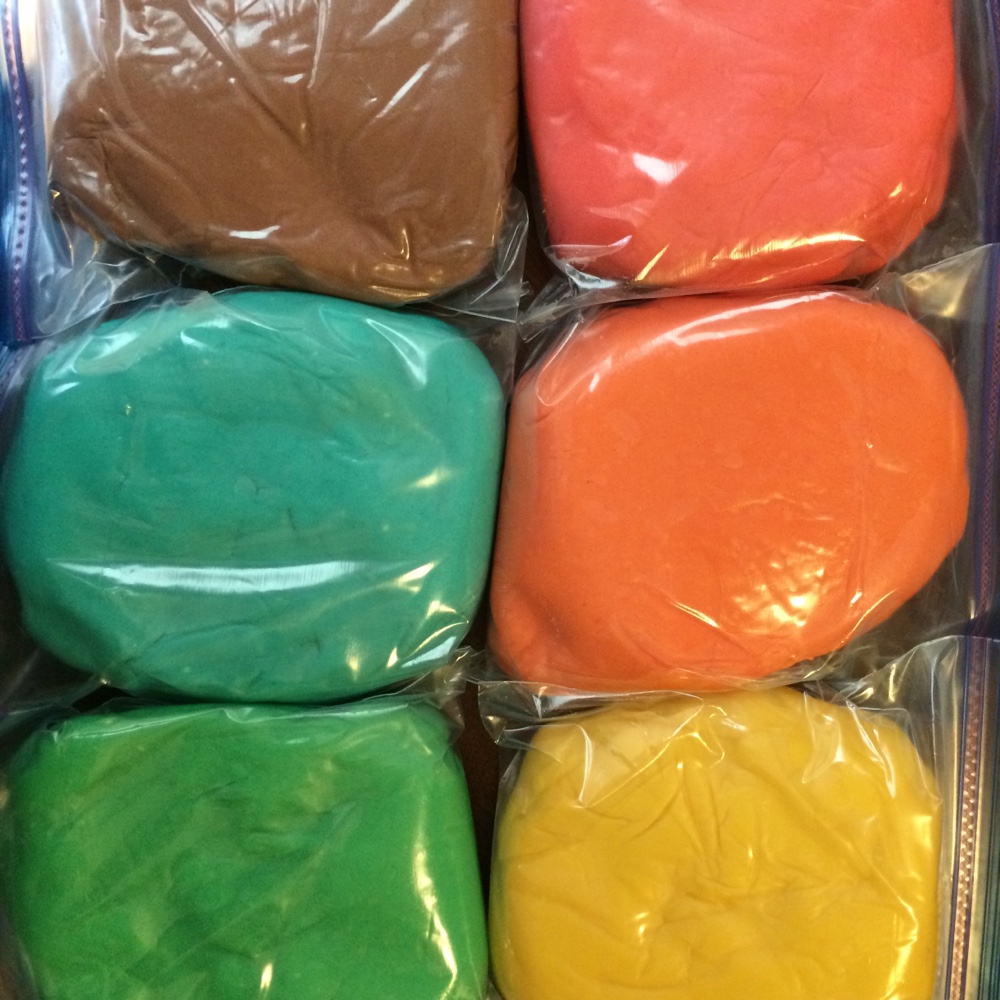
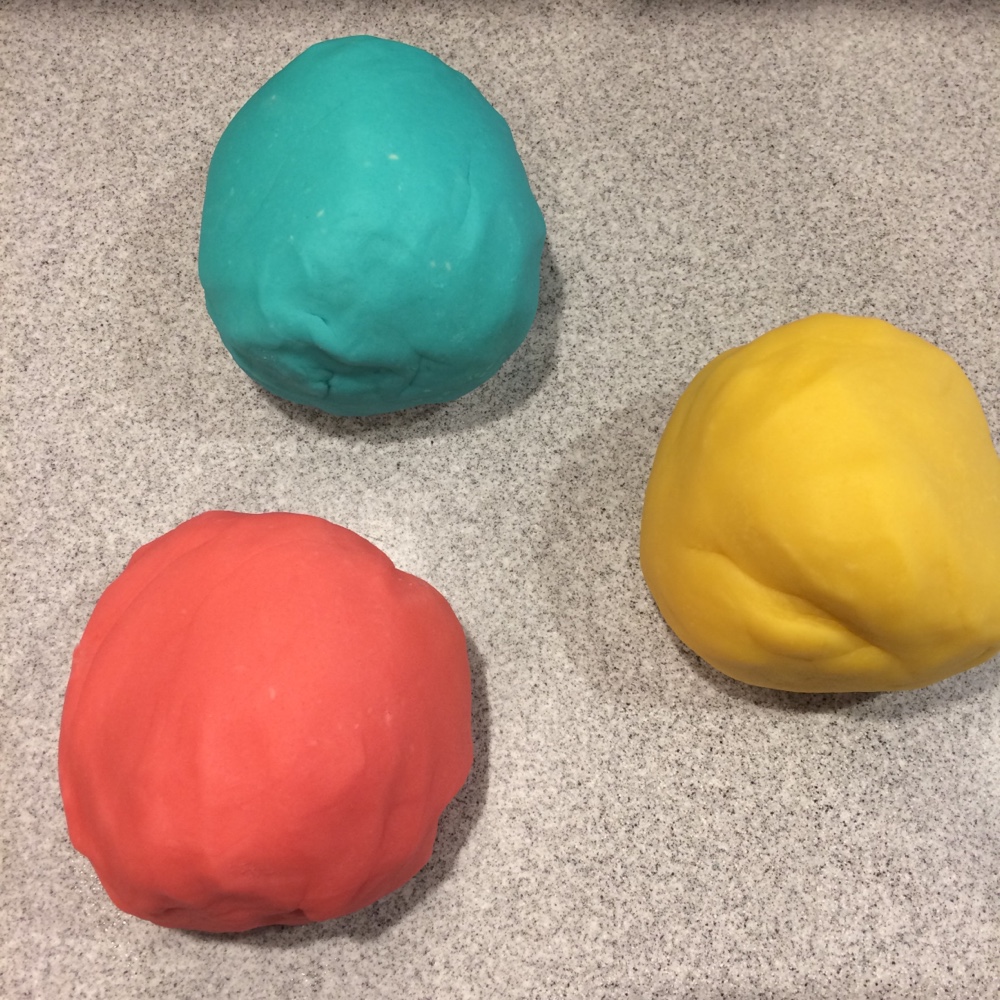
Top left was supposed to be “raspberry” according to McCormick recipe, but I used the store brand colors and it was a pretty muddy color. Vaguely like the color of black raspberry ice cream maybe. Made with 34 drops red and 6 blue.
Top right was an attractive red color: not quite red but definitely not pink. 20 drops red.
Middle left was 20 blue 5 green, mostly because I had a lot of green.
Middle right was 10 red, 20 yellow, a very attractive color in the orange range (but not really a true orange).
Bottom left was 30 drops of green, and I actually made two batches: one that was some of each green and the other was all store brand (because I had a LOT of green). The two batches were not distinguishable.
Bottom right: 25 drops yellow. A very nice yellow.

Same recipe as before, this time with 25 drops of blue food coloring (and no other colors). It is a very nice rich color, closer to cyan than royal blue.
Here are some of our favorite board books.
The Very Hungry Caterpillar by Eric Carle is so popular now I almost didn’t mention it, but it is a favorite. It is unabridged from the original picture book, including the truncated pages and holes! Bright, fun, holes in the pages, actually a story, all-around good. It also has counting, days of the week, and lifecycle of the butterfly, but that’s all rather beyond the board-book aged child.
Baby Bear, Baby Bear, What do you See? (Martin/Carle) is another unabridged classic in board book form. The cadence of the text is perfect for reading out loud, and most pages picture one brightly illustrated animal. (The “prairie dog” still kinda creeps me out, though.)
Ten Little Fingers and Ten Little Toes (Mem Fox) is an oversized board book about babies all over the world, who all have “ten little fingers and ten little toes.” The illustrations are delightfully sweet.
Byron Barton’s Boats and Dinosaurs, Dinosaurs have bright, simple, appealing pictures with some minimal text/story. I’m not familiar with his other books.
Say & Play’s First Words and Oink, Moo, Meow feature a single cut-out photograph image per page. I like these two better than some of their other books. First Words features individual pictures with a single word on each page (“Cat” “Baby” etc.). It’s fun to show baby an actual rubber duck next to the rubber duck picture in the book, particularly when they near one year old. Oink, Moo, Meow has an animal and text of what the animal says (“The cat says Meow” — the same cat as from the other book). At some point babies enjoy hearing the animal sounds, and this book has a LOT of animals.
Indestructibles are not actually board books, but rather pamphlet-style books made out of a very resilient paper-like material which is, in fact, indestructible to a baby. You can let baby handle these independently long before traditional board books. They do wrinkle immediately. We like Plip Plop Pond and Mama and Baby. Note: neither has any words, which doesn’t bother me, and the pictures seem oversaturated, but it is such a unique item I give them a pass.
Not meaning bags, but whether to use cupcake liners (aka muffin papers).
I hate cleaning muffin pans, and I find it hard to get muffins out cleanly without liners. My husband doesn’t like liners because they stick to the muffin. Our compromise, dating back to our first year of marriage, was for me not to use liners and he gets to remove the muffins and wash the pans. Done. (At this point I usually remove them myself, but I only rarely wash the pans).
But what about cupcakes? It hasn’t come up often since he doesn’t like cupcakes–he’d rather have cake and I’m good with that–but what about for a shower?
I’m making cupcakes for a baby shower this weekend. Chocolate with chocolate frosting. My new favorite chocolate cake is fantastic but I’ve never made it as cupcakes. Neither have I paired it with my favorite chocolate frosting; the cake calls for ganache but that is not practical for cupcakes. I needed to make a test batch anyway so I have tested the following and will share the results here for your reference and viewing pleasure:
Reasons to choose one method over another:
Obviously papers make cleanup easier, and you have less waste without them (unless the cupcakes stick terribly to the pan). But how much is baking affected by the use of liners? Direct thermal contact with the pan could reasonably be expected to make a difference, and it did:
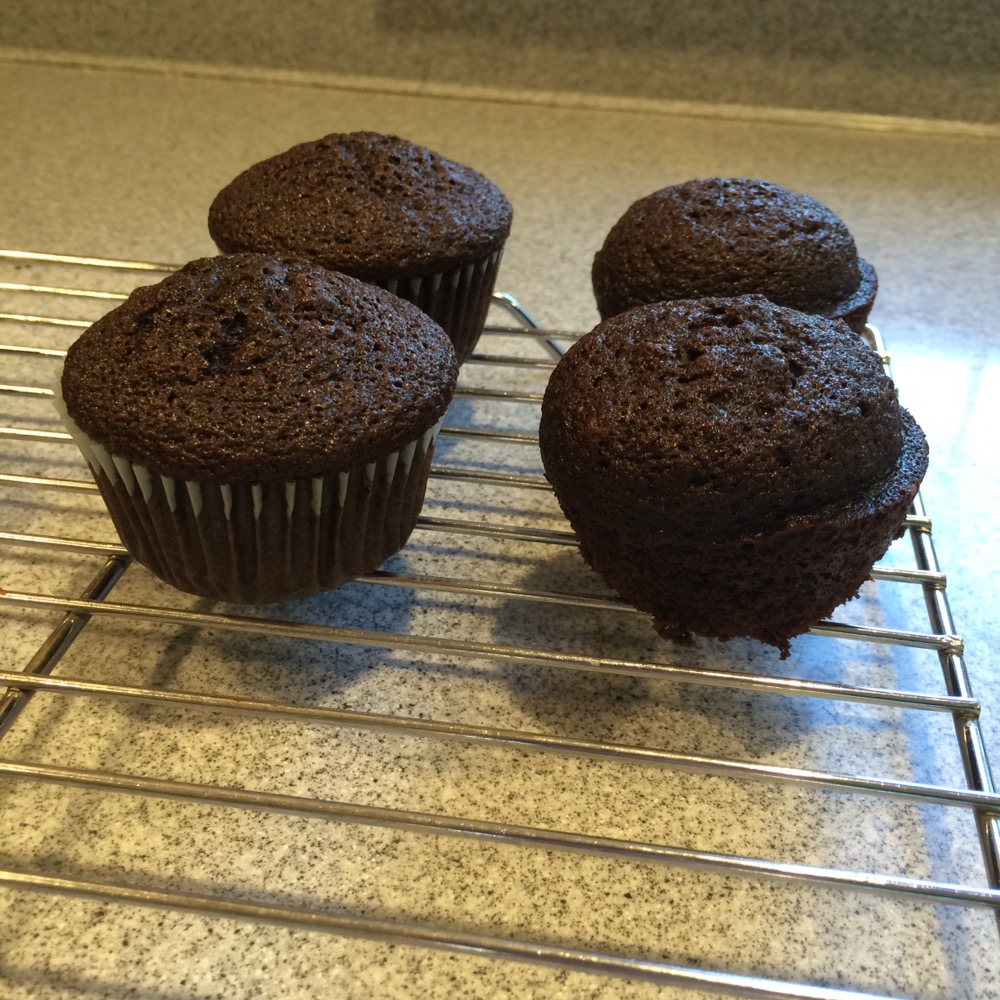
It’s similar to the difference between using wet cake strips around a metal cake layer vs not, except with an extreme little ridge on the side. Without the liner, the sides bake quickly and the centers dome. (I have not noticed this issue with most muffin recipes).
Spraying the liners vs not?
Not so much:
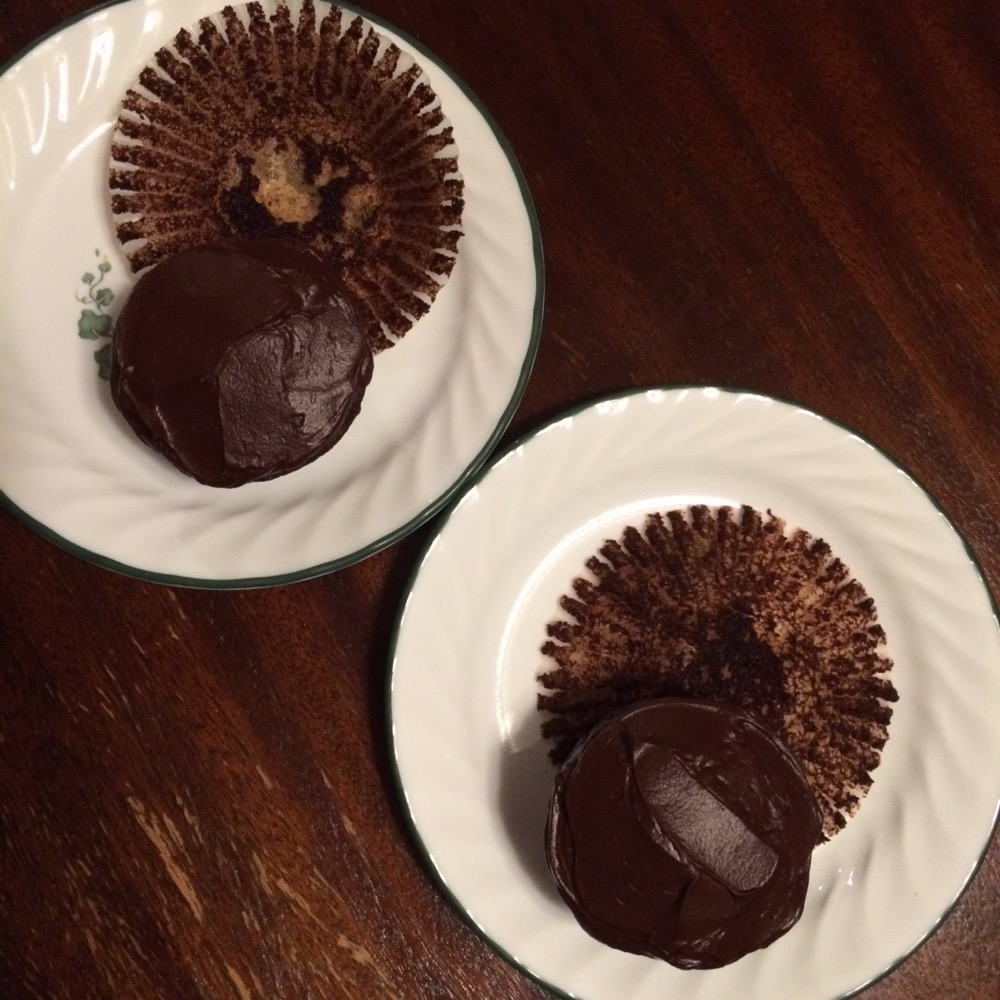
Maybe the sprayed wrapper stuck slightly less, especially the center bottom (upper left), but not a big difference.
You could do your own test with your recipe. Or, just use the papers for cupcakes. Don’t bother with spraying them. You’re welcome.
P.S. Don’t bother with cute papers if you’re making chocolate cupcakes unless they’re some kind of fancy, heavy-duty papers with high opacity. You won’t be able to see much of the design.
When asked if I liked, and wanted, hazelnuts, I said sure! Hazelnuts are delicious, right? It turns out I don’t actually like them by themselves but rather only in chocolate. Oops.
I finally used some to make cocoa-hazelnut spread. I based it on this recipe, but the recipe is British and required some translation. It is delicious! Just a little nibble makes a tasty snack.
Apparently, 200 g of hazelnuts is about 1 1/2 cups.
Peanuts are a type of groundnut, so I used peanut oil. If you don’t have any peanut oil you can substitute other oil. It doesn’t contribute to the flavo(u)r. I think I used a little more than they called for to get it all to come together.
I assumed vanilla essence is either another name for, or similar to, vanilla extract.
Caster sugar is between granulated and powdered sugars. The link suggests making it from granulated sugar in the food processor. Since I needed the food processor for this recipe anyway I gave it a go, but I think it was too little sugar to work well. Next time I would use honey.
As I typically do, I tried the recipe as-written the first time (or as close as I could get). I tasted it and then doubled the cocoa powder.
My least favorite part was getting the skins off the roasted nuts. It took way too long for such a simple recipe. I wonder how much it affects the finished product to leave the skins on.
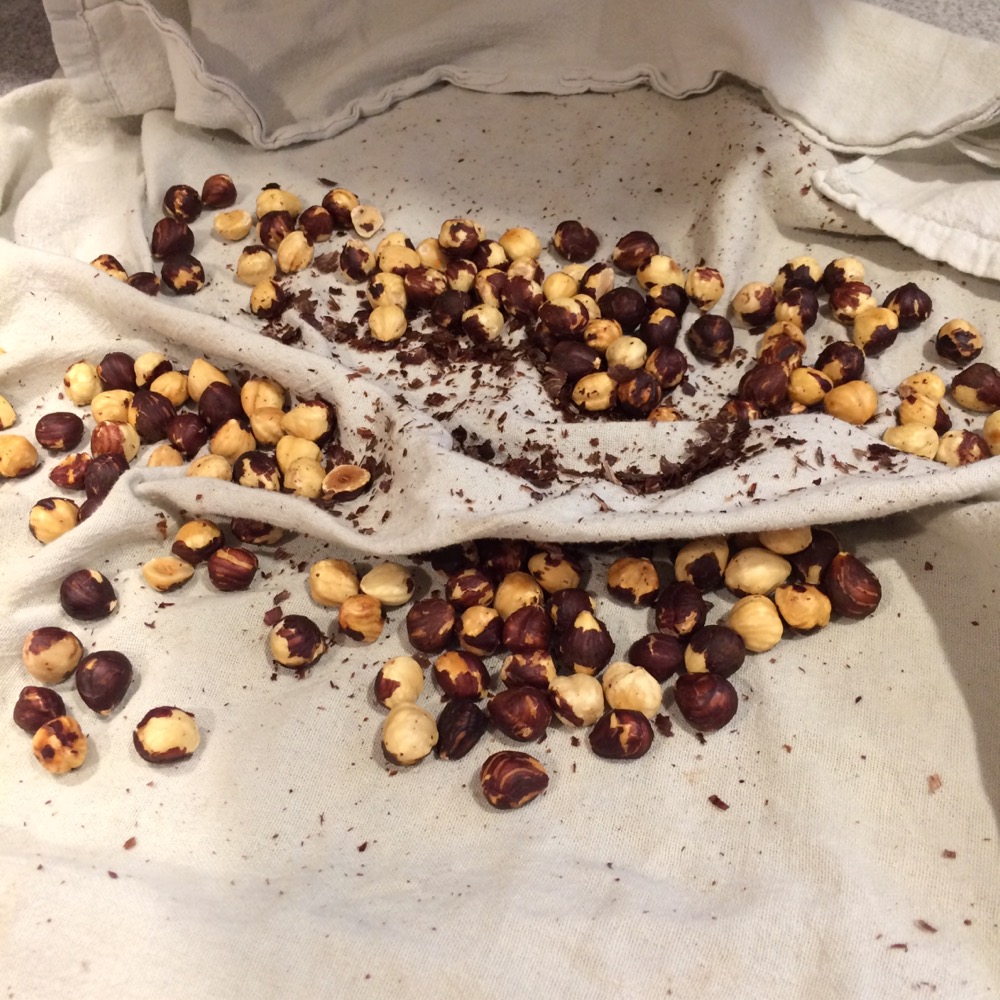
Overall, I like this recipe. It is simple, tasty, and a good way to use up the hazelnuts in my possession. The sugar was just a tiny bit gritty and this version was too sweet for sandwiches for my taste, but reasonably spreadable and not at all sticky. Next time I will start unsweetened and add a little bit of honey at a time, to taste.
P.S. I bet this would make awesome truffles.